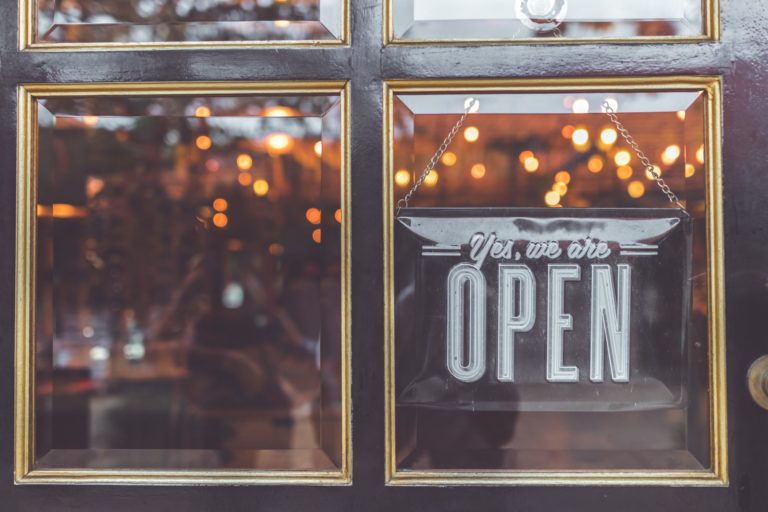I grew up in an immigrant neighbourhood just outside of Chicago, where most children like myself were either first, second, or third generation American. In a sea of mainly Polish and Latino students at school, I stood out — as a Muslim of Palestinian descent, I was reminded of that difference every day during lunchtime. I ate shawarmas instead of zapiekana, I put m’khalal instead of dill pickles on my sandwiches, and I rarely had patacones unless I was visiting my cousin. In retrospect, I wouldn’t say I was embarrassed of the food I ate at all. On the contrary, my peers were so interested in what I brought for lunch that day— but what this process did was transform what I considered to be average school lunches, into markers of racial and cultural difference.
The relationship I have with Levantine cuisine has since changed and the dishes now lend themselves to an experience that extends far beyond social currency. A pot of maqlooba can evoke nostalgia for some, and a learning experience for others; it becomes less about the actual contents of the meal, and more about the people who made it. Breaking bread with family, friends, and even strangers has the ability to strengthen even the most fragile ties. Unfortunately, these shared experiences are becoming less prevalent for dwellers of Western cities. Our fast-paced work days and “to-do lists” that never seem to shrink have deprived us of mealtime and distanced us from the people who mean the most to us in our lives.
In the wake of this predicament, Middle Eastern restaurants may be our saving grace. Serving more than just your typical falafel, hummus, and shawarma, these environments cultivate a space where multiple and intersecting identities can be explored and negotiated.
My mother spoke so fondly of Palestine: the people, her friends, her family. The stories I remember had two intersecting qualities: food and gatherings. My mother told me that there is always baraka (blessing) in the food when it’s eaten with people you care about. Eating at an Arab restaurant conjures that same feeling of baraka: Fayrouz’s Greatest Hits playing in the background, there are at least a dozen families at the restaurant, Arabs from different nationalities socialize with each other in ways that make you feel like you’ve known them for an eternity. My mother is always reminded of her home country — and while she doesn’t visit Palestine on a yearly basis, she can experience this sense of Arab communalism at any Middle Eastern restaurant.
To me, Middle Eastern restaurants are the physical embodiment of what it means to exist as an Arab American/Canadian. In these restaurants, Western and Eastern identities intersect and therefore, coexist. I have the luxury of speaking both Arabic and English, I can enjoy the food I love, and I’m able to share this experience with my friends who are not Arab. Restaurants have taught me the power of food to represent and negotiate cultural differences. It’s an opportunity to explore new ways of being and new ways of eating. While I am in no way suggesting that nuanced sociopolitical issues could be solved over a plate of kebab and rice, it could certainly be a start.
Originally published in White Wall Review 42: Special Issue (2019)

